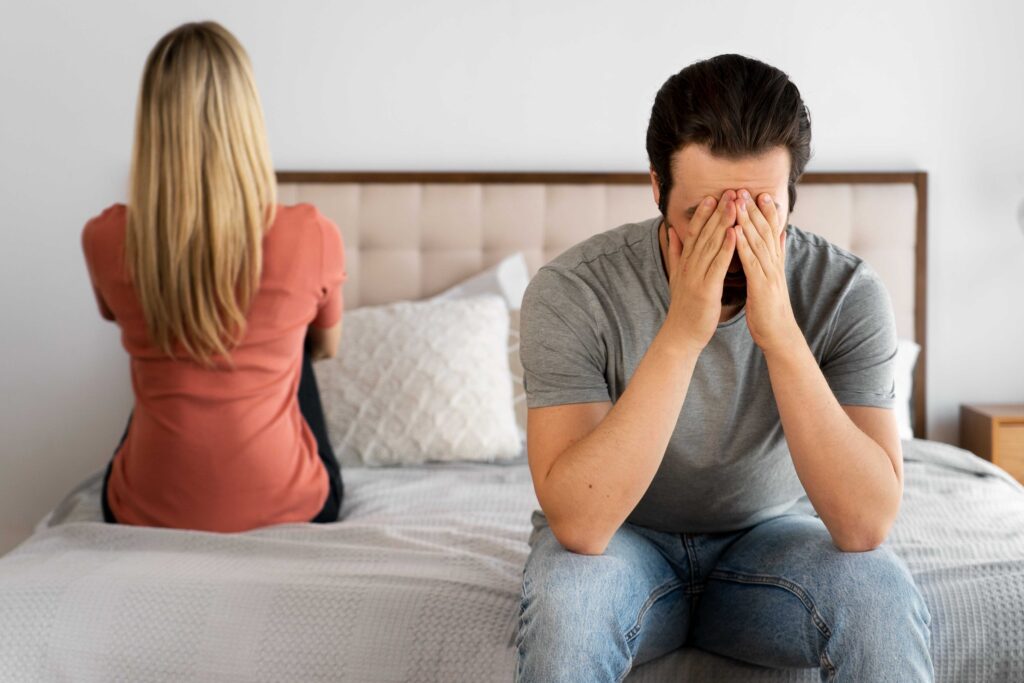- +91-6280506961
- chrysalis.mhc@gmail.com
- Chandigarh

Sexual disorders are a group of medical and psychological conditions that interfere with an individual’s ability to experience satisfaction during sexual activity. These disorders can affect men and women alike, leading to distress, relationship problems, and reduced quality of life. Despite being common, many individuals hesitate to seek help due to stigma or lack of awareness.
This article explores the types, causes, and available treatments for sexual disorders, aiming to encourage open conversations and timely medical intervention.
1. Desire Disorders
Also known as hypoactive sexual desire disorder (HSDD), this involves a lack or absence of sexual interest or desire. It can affect both men and women and may be situational or lifelong.
This refers to difficulty in becoming physically aroused or maintaining arousal during sexual activity. In men, this may manifest as erectile dysfunction (ED), while women may experience reduced lubrication or genital response.
People with this condition experience delayed, infrequent, or absent orgasms despite sufficient sexual stimulation. Both men and women can be affected, often due to psychological or physiological issues.
These disorders involve pain during intercourse or sexual activity. Common examples include:
Dyspareunia – Pain during intercourse
Vaginismus – Involuntary tightening of vaginal muscles
Peyronie’s disease – Painful erections due to curved or scarred penile tissue
Sexual dysfunction can arise from a wide range of physical, psychological, and social factors. Understanding the root cause is essential for effective treatment.
Chronic illnesses such as diabetes, hypertension, or cardiovascular disease
Hormonal imbalances, particularly low testosterone or estrogen
Neurological conditions like multiple sclerosis or spinal cord injuries
Side effects of medications (antidepressants, blood pressure drugs, etc.)
Substance abuse, including alcohol and drugs
Fatigue or chronic pain
Stress, anxiety, and depression
Low self-esteem or body image issues
Past trauma or sexual abuse
Relationship problems or lack of emotional intimacy
Smoking and excessive alcohol consumption
Poor diet and lack of physical activity
Sleep disturbances
The treatment for sexual disorders depends on the underlying cause and type of disorder. A combination of medical, psychological, and lifestyle interventions is often most effective.
Erectile dysfunction medications (e.g., sildenafil, tadalafil)
Hormone replacement therapy for hormonal deficiencies
Topical treatments for lubrication or pain relief
Surgical options in cases of structural abnormalities (e.g., penile implants)
Cognitive Behavioral Therapy (CBT) to address anxiety, trauma, or performance fears
Sex therapy to improve communication and intimacy
Couples counseling to resolve relationship conflicts affecting sexual function
Regular exercise and healthy diet
Quitting smoking and limiting alcohol
Practicing stress management techniques such as yoga or meditation
Improving sleep hygiene